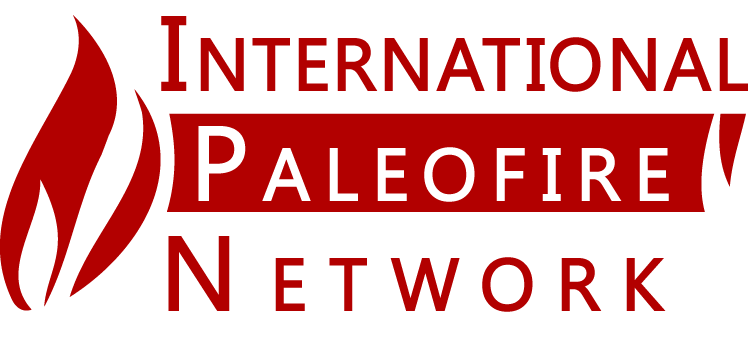A recent study by Sara Sayedi et al. 2024 published in Fire Ecology (DOI 10.1186/s42408-023-00237-9) delves into global fire regime changes and their potential impact on various ecosystem services. Collaborating with a diverse international team of 99 researchers from 23 countries, the study employs expert assessment to estimate human influence on wildfires over the past 12,000 years. While natural climate variations historically drove fire behavior changes, the last 250 years have witnessed a ten-fold increase in fire regime shifts, intensified by human-induced climate change and land use practices. Projections indicate a concerning trend towards more frequent, severe, and widespread wildfires across most ecosystems, with exceptions in regions where higher temperatures may limit vegetation growth, reducing fuel for fires.
As we witness the evolution of wildfires, adopting a discerning approach becomes imperative. Examining historical fire records offers valuable insights into future changes, particularly as climate change exacerbates fire behavior. Even under less severe emission scenarios, shifts in fire regimes are anticipated, aligning with broader climate projections of intensified fire weather conditions, especially in fire-prone areas. The study underscores the heightened risk posed by higher greenhouse gas emissions, emphasizing the importance of localized planning and adaptation strategies tailored to diverse ecological communities.
The study’s lead researcher highlights the significance of recognizing the impact of wildfires on carbon sequestration efforts, noting the potential for increased carbon release during larger and more frequent wildfires under warmer conditions. Urgent action is needed to comprehensively collect data in underrepresented areas and establish global networks for technology sharing and data analysis to foster a more inclusive understanding of wildfires. Incorporating indigenous knowledge and practices is vital for developing effective solutions benefiting all regions.
by Sayedeh Sara Sayedi (0000-0001-5272-4383) – ORCID for IPN
Caption of Fig. 1 of Sayedi et al., 2024: a Conceptual diagram of fire regime characteristics and state changes for three example biomes. Fire regime is defined in terms of spatial (e.g., extent, type, patchiness), temporal (e.g., frequency, interval, seasonality), and physical (e.g., intensity, severity) fire characteristics. The size of flame in the figure represents fire extent, and the vertical placement of the flame represents fire type (e.g., surface vs. crown). The green and brown bands represent above- and below-ground biomass, respectively. The vertical black dashed lines represent fire regime state change. The gray wedges represent fire seasonality before fire regime change: W: winter, Sp: Spring, S: summer and F: fall/autumn. Red dashed lines inside wedges represent new fire regime seasonality after state change b The location of the fire regions used in this study (Olson 2001) with the number of respondents per fire region

